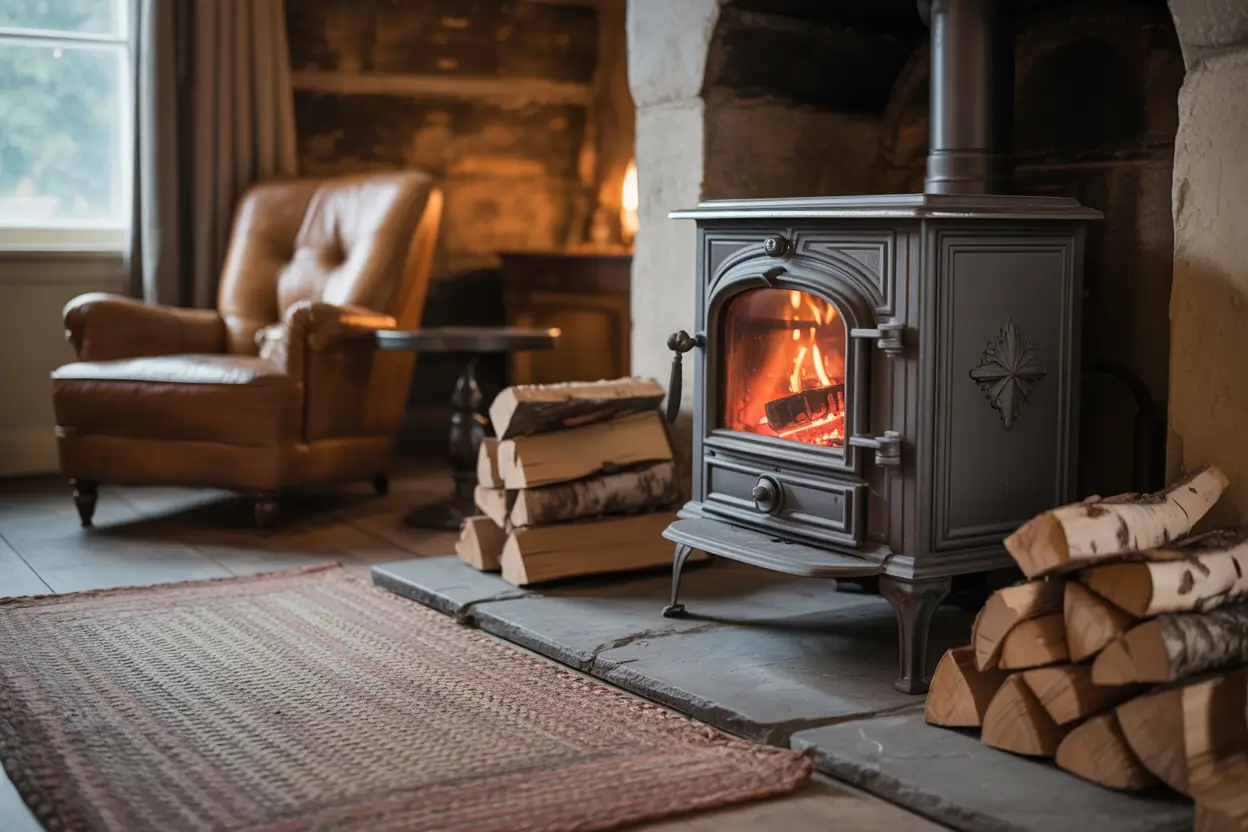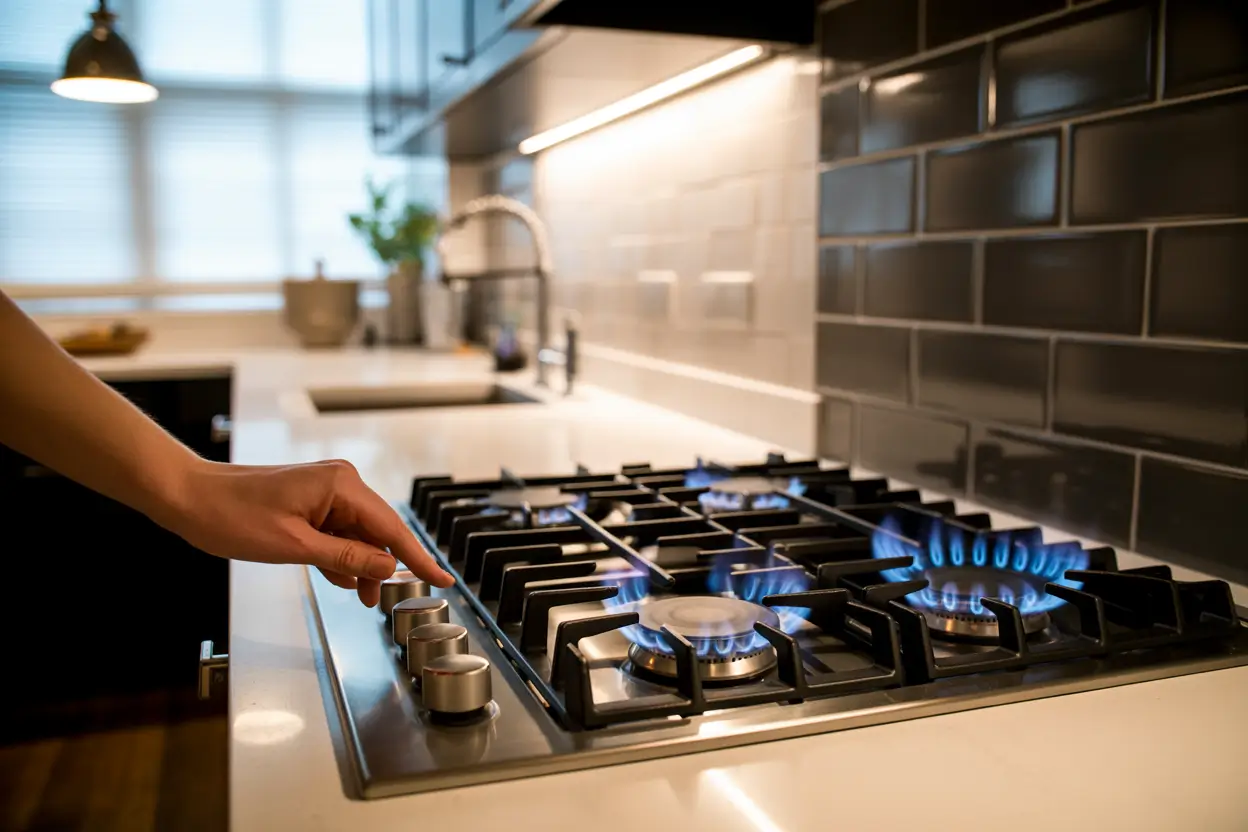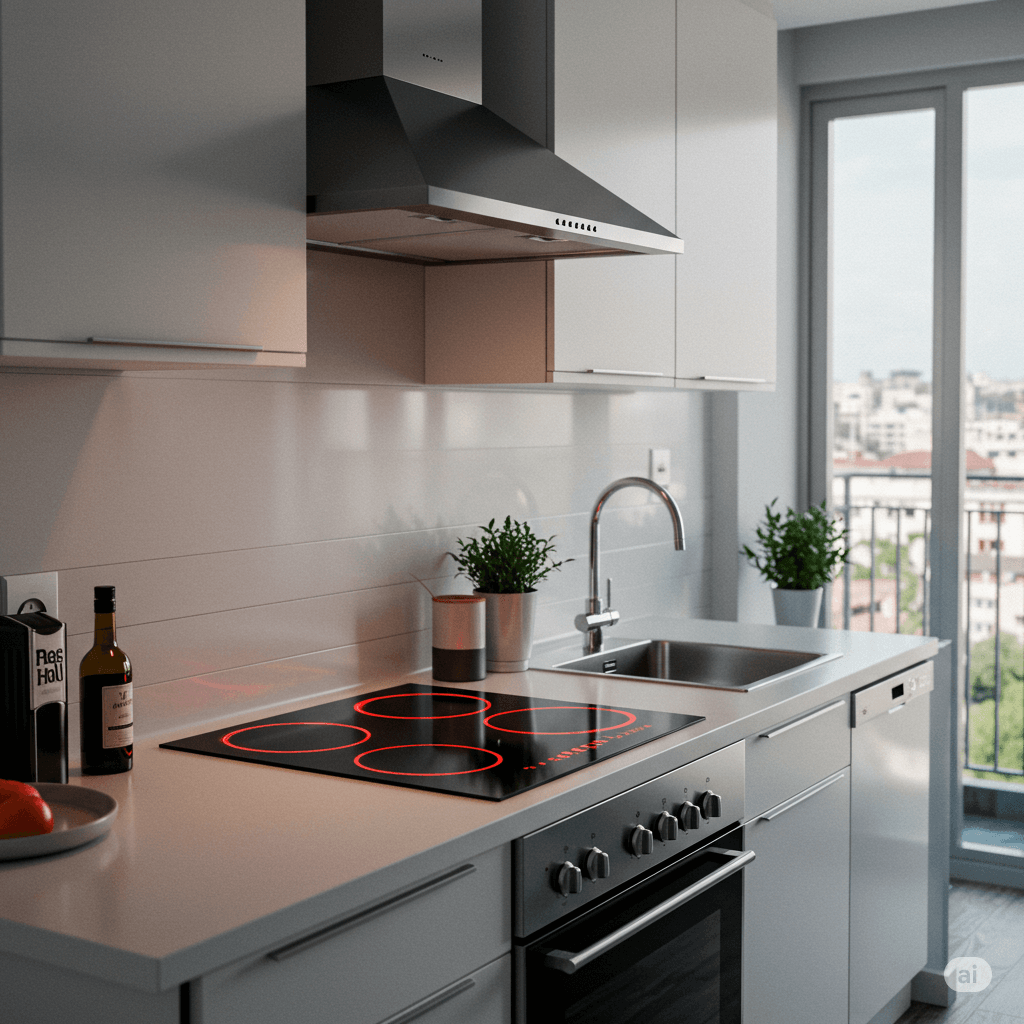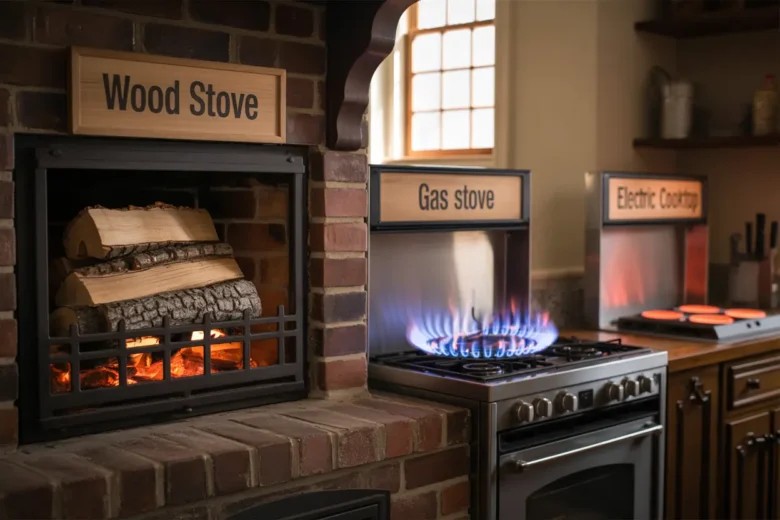Choosing the right stove can feel overwhelming. With so many options on the market—wood, gas, electric—how do you know which one truly fits your lifestyle, budget, and home? In this guide, I’ll break down the core differences, benefits, and drawbacks of each type. Whether you’re a first-time buyer or looking to upgrade, this article will give you the clarity you need to make a confident, informed choice.
Pros & Cons of Wood Stoves

Pros:
- Natural ambiance: The crackle of real wood creates a cozy, rustic feel.
- Off-grid heating: No electricity or gas needed; ideal for rural or emergency use.
- Fuel availability: Wood is renewable and widely available, especially if you live near forests.
- High heat output: Excellent for heating large, open spaces.
Cons:
- Maintenance-heavy: Requires regular cleaning of ash and chimney.
- Storage space: You’ll need a dry, safe place to store firewood.
- Air quality concerns: May emit particulates if not EPA-certified.
- Installation cost: Chimney or flue setup can be expensive.
Pros & Cons of Gas Stoves

Pros:
- Convenience: Instant flame with a switch or remote.
- Efficiency: Modern gas stoves are highly efficient and clean-burning.
- Less maintenance: No ash or soot like with wood.
- Temperature control: Allows precise regulation of heat.
Cons:
- Dependent on gas line or propane: Not ideal for off-grid scenarios.
- Higher fuel cost: Gas prices fluctuate and may rise in winter.
- Less visual appeal: Some find the flame less authentic than wood.
- Safety concerns: Risks of gas leaks or carbon monoxide.
Pros & Cons of Electric Stoves

Pros:
- Easy to install: No venting or chimney needed.
- Modern design: Sleek and often compact for smaller homes.
- Low maintenance: No real flame means no soot, ash, or creosote.
- Safe: No open flames or emissions.
Cons:
- Dependent on electricity: Useless during power outages.
- Less heat output: Not ideal for heating large spaces.
- Higher long-term cost: Electricity tends to be more expensive than wood or gas.
- Less ambiance: No real flame or sound.
Comparison Table (Efficiency / Cost / Maintenance / Aesthetics)
| Feature | Wood Stove | Gas Stove | Electric Stove |
|---|---|---|---|
| Efficiency | Medium-High (EPA-certified) | High | Medium |
| Installation Cost | High (chimney, permits) | Medium | Low |
| Operating Cost | Low (if wood is free or cheap) | Medium | High |
| Maintenance | High (cleaning, chimney) | Low | Very Low |
| Ambiance | Excellent | Moderate | Low |
| Off-grid Ready | Yes | No (unless using propane) | No |
| Eco-Friendliness | Mixed (depends on burning method) | High (low emissions) | Medium (electric grid impact) |
What to Choose Based on Your Home & Lifestyle
- Rural homeowner with access to firewood? Go with a wood stove—especially if you enjoy the traditional feel and are okay with some extra maintenance.
- Urban or suburban home with natural gas line? A gas stove offers a great balance between efficiency and convenience.
- Apartment or small home with modern aesthetics? An electric stove might be the easiest, safest choice.
- Want to be ready for power outages or live off-grid? Stick with wood—or gas if you have propane storage.
- Looking to reduce your carbon footprint? EPA-certified wood stoves and high-efficiency gas models are solid options. Electric can be eco-friendly if powered by solar or green energy.
Choosing the right stove depends on more than just cost or appearance. It’s about matching your home, values, and daily habits with the right tool for the job.
Take your time, explore those articles, and let your perfect stove find you.
Need help? Contact me here or drop your question in the comments.


1 Comment